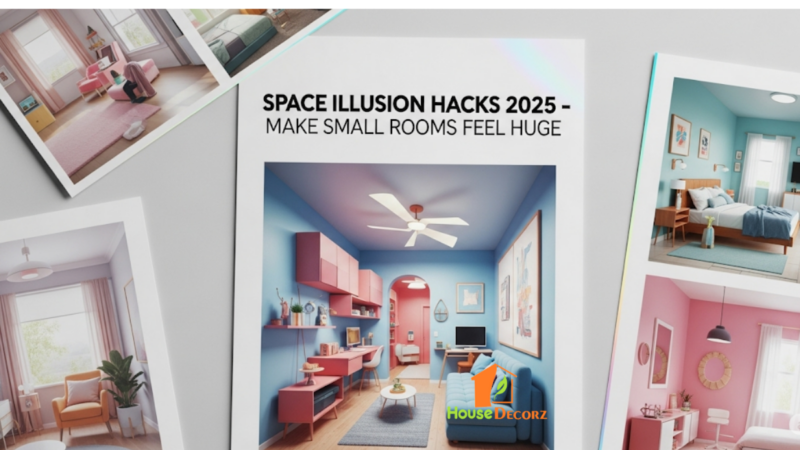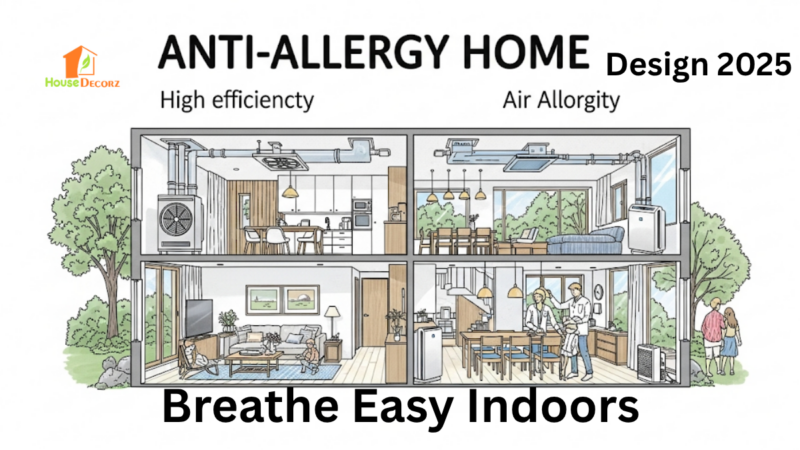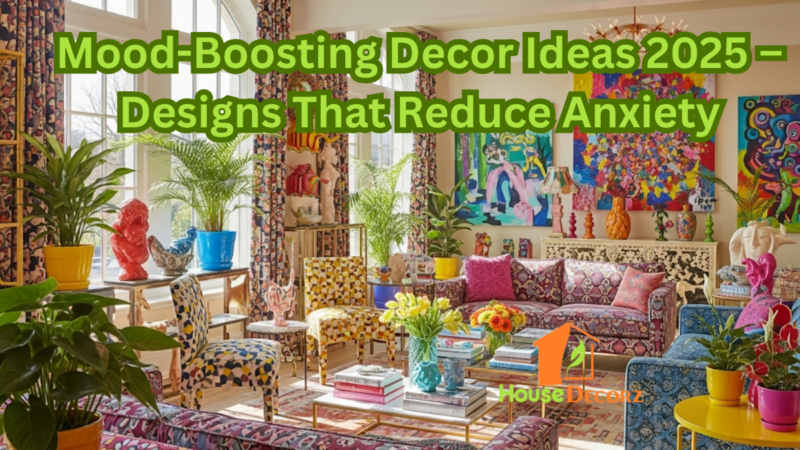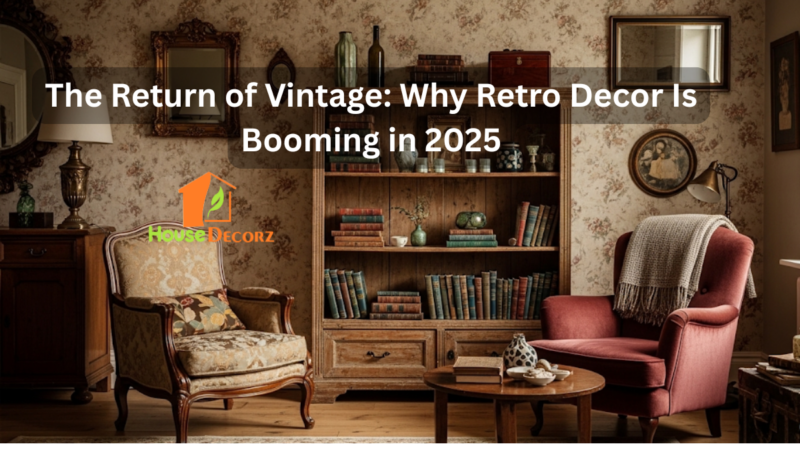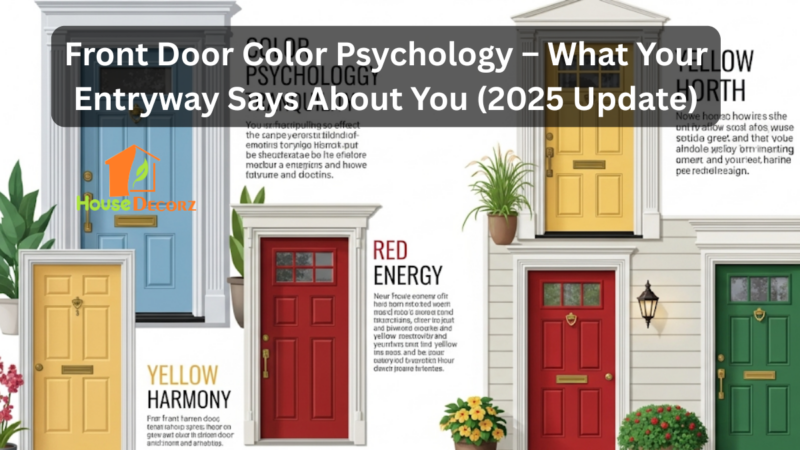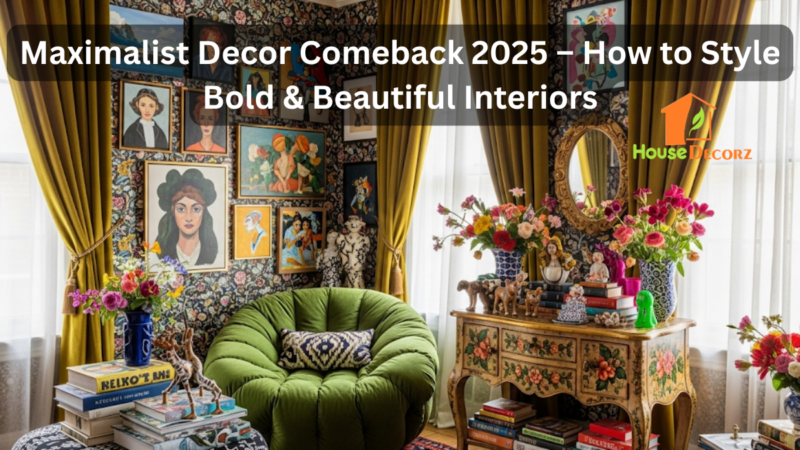Home Office Design Ideas for U.S. Professionals Working Remotely in 2025

As remote work becomes more permanent for millions of Americans, the concept of a functional, stylish home office is no longer a luxury—it’s a necessity. With hybrid and fully remote roles on the rise, professionals are investing in workspaces that support productivity, creativity, and well-being. The shift has led to a surge in demand for modern home office design USA 2025 solutions that are both efficient and visually appealing.
Whether you’re converting a spare room, reimagining a corner of your living space, or creating a compact workstation in a studio apartment, the right design can dramatically enhance your focus and workflow. Here are the top work from home setup ideas and trends shaping home office design across the U.S. in 2025.
Choose the Right Location: Function Over Footprint
You don’t need a massive room to build a productive office—just a smart use of space. In fact, one of the leading trends in 2025 is small space office design. Many remote workers are transforming closets, hallway nooks, and underutilized corners into high-functioning mini-offices.
Pro Tip: Choose a spot with natural light to boost energy and reduce eye strain. If natural light is limited, invest in full-spectrum LED lighting to mimic daylight and maintain alertness.
Ergonomics First: Comfort = Productivity
A beautiful home office is useless if it causes physical strain. An ergonomic chair and an adjustable-height desk are two of the most important investments in any remote workspace. For those who spend hours on calls or deep work, lumbar support and wrist-friendly accessories are essential.
Popular Add-ons in 2025:
- Sit-stand desks with memory settings
- Ergonomic footrests
- Monitor risers for eye-level screen positioning
- Keyboard trays that support a natural arm posture
Good ergonomics are foundational to any productivity desk layout, helping professionals stay focused without sacrificing health.
Smart Technology Integration
Technology is the backbone of any home office. From noise-canceling headphones to AI-powered lighting systems, integrating smart tools into your setup streamlines workflow and reduces distractions.
Trending tech upgrades include:
- Voice-controlled lights and thermostats
- Dual-monitor mounts for multitasking
- Wireless charging stations
- High-quality webcams and ring lights for video conferencing
- Mesh Wi-Fi routers to maintain a strong internet connection
These tech additions aren’t just convenient—they’re now vital to staying competitive in a remote-first work culture.
Declutter with Clever Storage Solutions
Clutter is the enemy of productivity. In 2025, minimalism meets function through built-in cabinets, modular shelves, and multi-functional furniture.
For small space office design, look for:
- Floating shelves for vertical storage
- File cabinets that double as side tables
- Desks with hidden compartments
- Pegboards or wall grids for organizing supplies
An organized space leads to a clear mind, boosting efficiency during work hours.
Personalize with Purpose
Your home office should feel like an extension of you. Adding personal touches makes your workspace more inviting and mentally stimulating. From inspirational quotes to potted plants, every detail can influence your mood.
Easy personalization ideas:
- Framed art or motivational prints
- Indoor plants for a touch of nature and air purification
- A color palette that energizes or soothes, depending on your preference
- A dedicated board for goals, schedules, or creative brainstorming
This blend of function and personality is key to a sustainable work from home setup.
Flexible Furniture for Hybrid Lifestyles
With many professionals shifting between home and office throughout the week, flexibility is key. Modular furniture and foldable desks are increasingly popular for creating spaces that adapt to daily needs.
Try this:
- A Murphy desk that folds into the wall
- A rolling desk that can be moved to different rooms
- A bookshelf that doubles as a room divider
These innovations support a dynamic lifestyle without compromising on professionalism.
Final Thoughts
The home office design USA 2025 landscape reflects a shift toward smarter, more thoughtful spaces that prioritize well-being, flexibility, and efficiency. Whether you’re working full-time from home or balancing hybrid days, a well-designed space can dramatically enhance your performance and peace of mind.
By combining ergonomic furniture, integrated tech, personal flair, and compact-friendly layouts, your home office can be both your productivity powerhouse and a place you genuinely enjoy spending time in.
Recommendation
Clean Home Office: Transform Your Workspace for Productivity and Peace
Office Desk Decoration Ideas: Transform Your Workspace with Style and Function
Office Decoration Ideas: Transform Your Workspace
30+ Office Decoration Ideas For Making Your Works Space Motivating
Hilarious Office Christmas Door Decorations Contest Ideas to Win This Year
FAQ: Home Office Design for Remote Work in the U.S.
Q: What is the best place to set up a home office in a small apartment?
A: Look for underutilized corners, closet spaces, or areas near windows. A fold-down desk or compact workstation can help maximize functionality without crowding your living space.
Q: How can I make my home office more ergonomic?
A: Start with a supportive chair and adjustable desk. Use a monitor riser to align your screen with eye level and consider wrist rests, footrests, and an anti-fatigue mat if you stand while working.
Q: What are some low-cost ideas to personalize my home office?
A: Use affordable decor like removable wall decals, DIY art, string lights, or thrifted office accessories. Even a few well-placed plants can refresh your space without breaking the bank.
Q: Which plants are best for home offices?
A: Snake plants, pothos, and peace lilies are low-maintenance and improve indoor air quality. They’re great for brightening up your workspace and reducing stress.
Q: Do I need a separate room for a home office?
A: Not necessarily. Many professionals successfully create productive setups in living rooms, bedrooms, or kitchen corners using smart layout techniques and visual boundaries like rugs or dividers.

